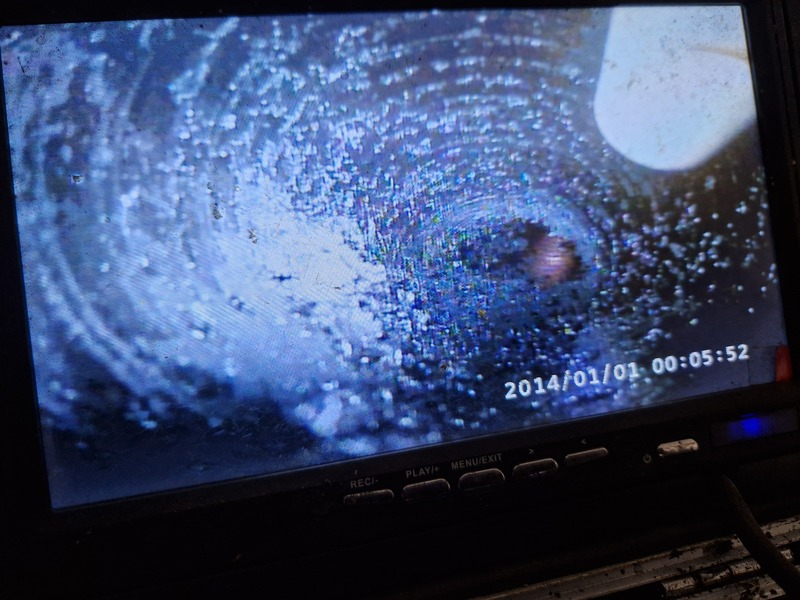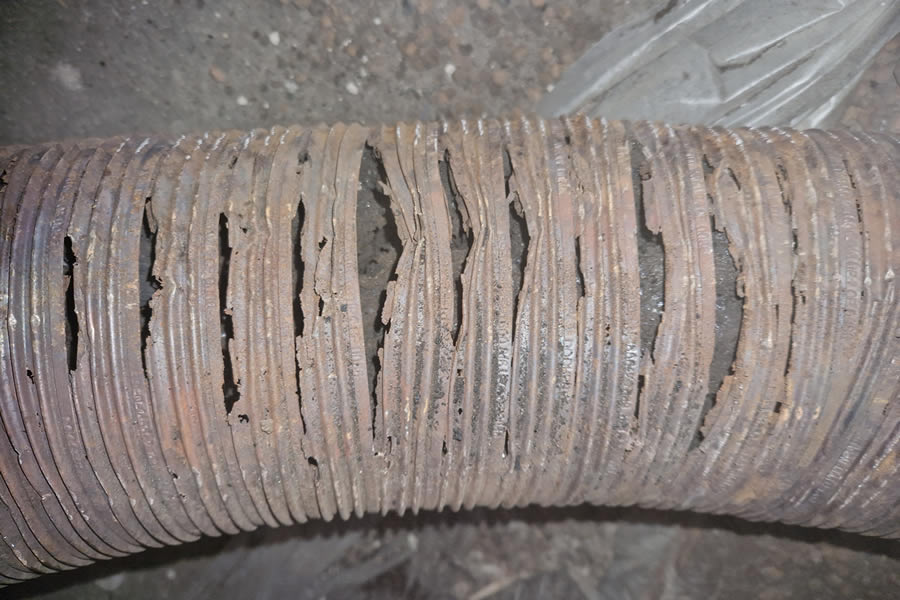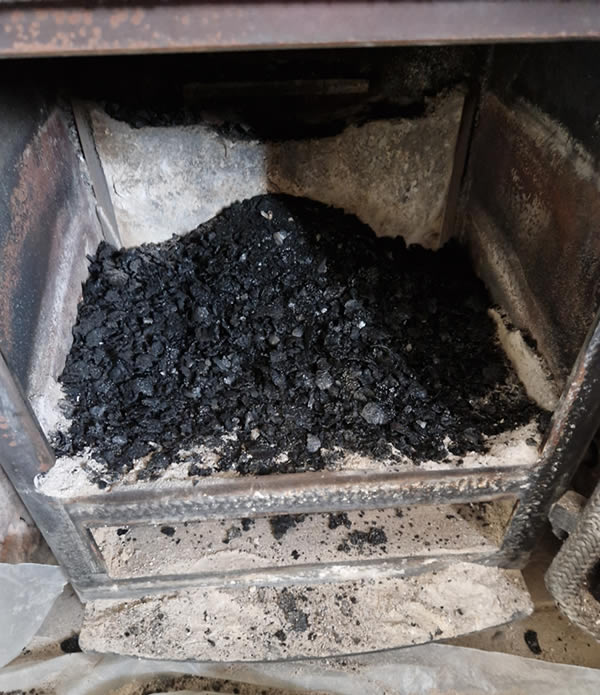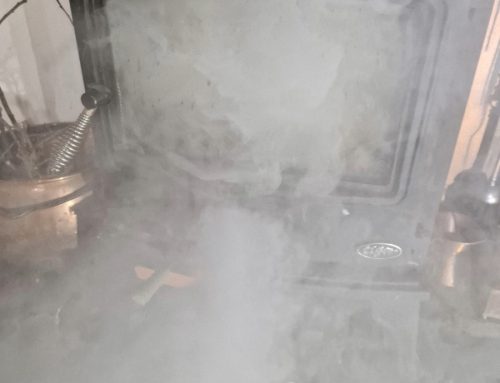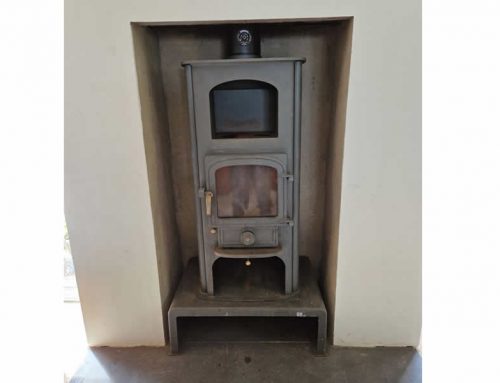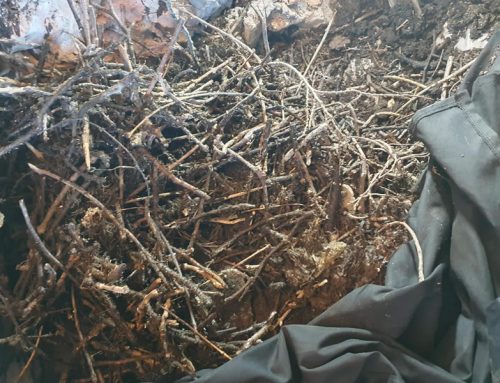The effects of creosote build-up
Creosote is a byproduct of burning wood, especially when it’s not fully dried or burned at low temperatures. It’s a thick, tar-like substance that can accumulate inside a woodburner’s chimney or stainless steel liner.
When creosote builds up on a stainless steel liner, it can have several negative effects:
- Corrosion: Over time, creosote contains acidic compounds that can corrode stainless steel. This can weaken the liner and reduce its lifespan.
- Blockage: Creosote deposits can gradually narrow the liner, restricting airflow. Poor airflow reduces the efficiency of the woodburner and can cause smoke to back up into the room.
- Fire hazard: Creosote is highly flammable. If it builds up in the liner, it can ignite, leading to a dangerous chimney fire, which can damage the liner and even spread to other parts of the house.
What can I do to prevent this from happening
Preventing creosote buildup in a chimney or stainless steel liner involves a combination of proper burning practices and regular maintenance. Here’s how to reduce creosote accumulation:
- Burn seasoned wood: Use well-seasoned (dry) firewood, as wet or “green” wood produces more smoke and incomplete combustion, leading to higher creosote deposits.
- Maintain a hot fire: Burn wood at higher temperatures. A hot fire creates more complete combustion, reducing the amount of smoke and creosote-producing gases. Avoid slow, smoldering fires.
- Use the right amount of air: Ensure good airflow to the fire. Proper oxygen supply helps maintain a hotter burn and minimizes the production of smoke and creosote.
- Regular chimney sweeping: Have your chimney or liner professionally inspected and swept at least once a year. This removes creosote buildup before it becomes a significant problem. I am a Hetas chimney sweep in Taunton and surrounding areas.
- Install a Chimney cowl: A chimney cowl can prevent debris, animals, and moisture from entering, which can contribute to creosote buildup and increase corrosion risks.
- Avoid burning rubbish, softwoods or treated woods: Do not burn paper, rubbish, or softwoods like pine, as they can produce more creosote compared to hardwoods. Chemicals on treated wood can also line your chimney and create creosote.
These practices will help keep creosote levels low, your woodburner system efficient and safe and increase the longevity of your liner. The photos below shows a blockage over half of the stainless steel line, reducing it’s efficiency, liner damage from creosote build up and creosote that has been removed from liner.

